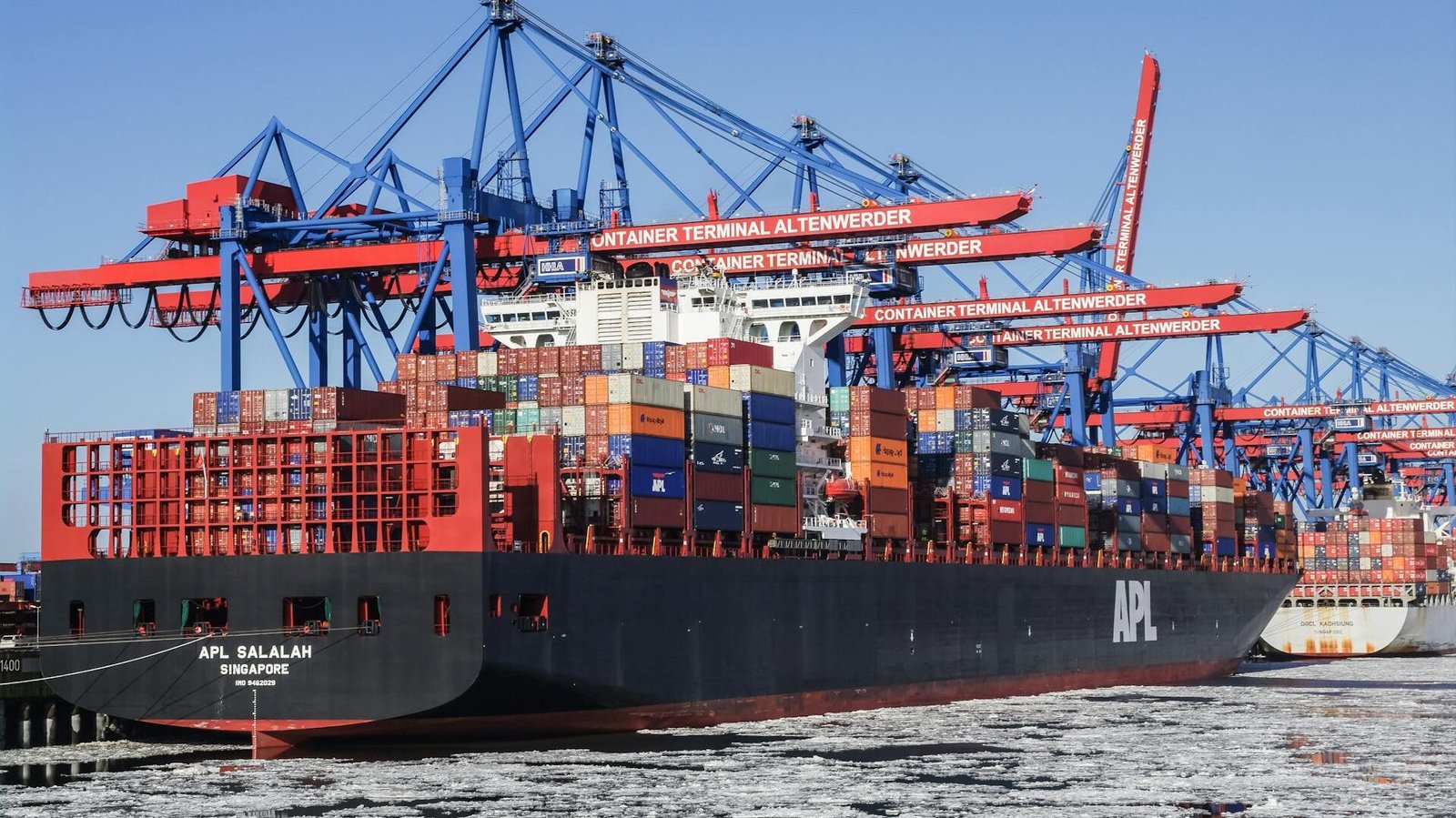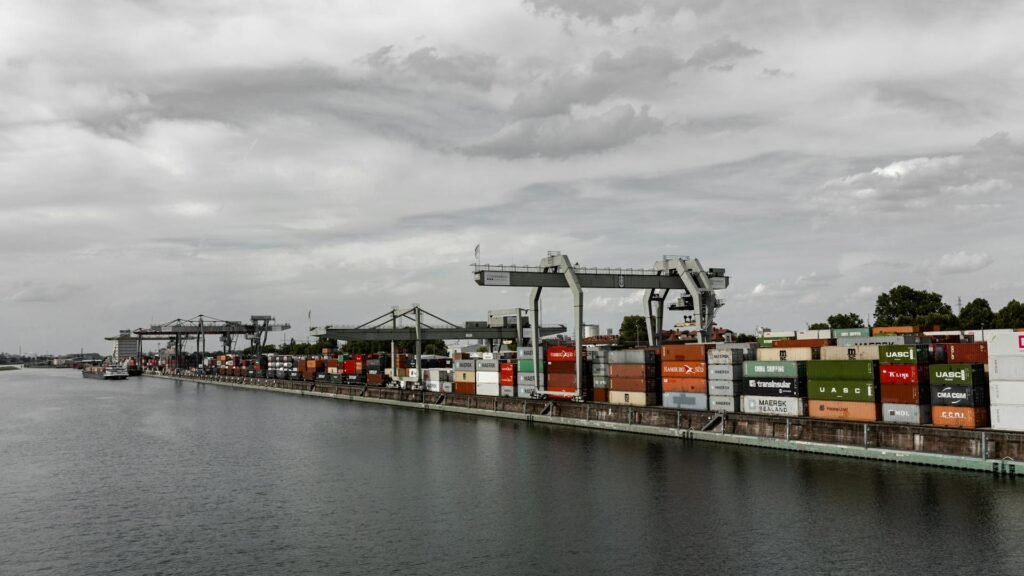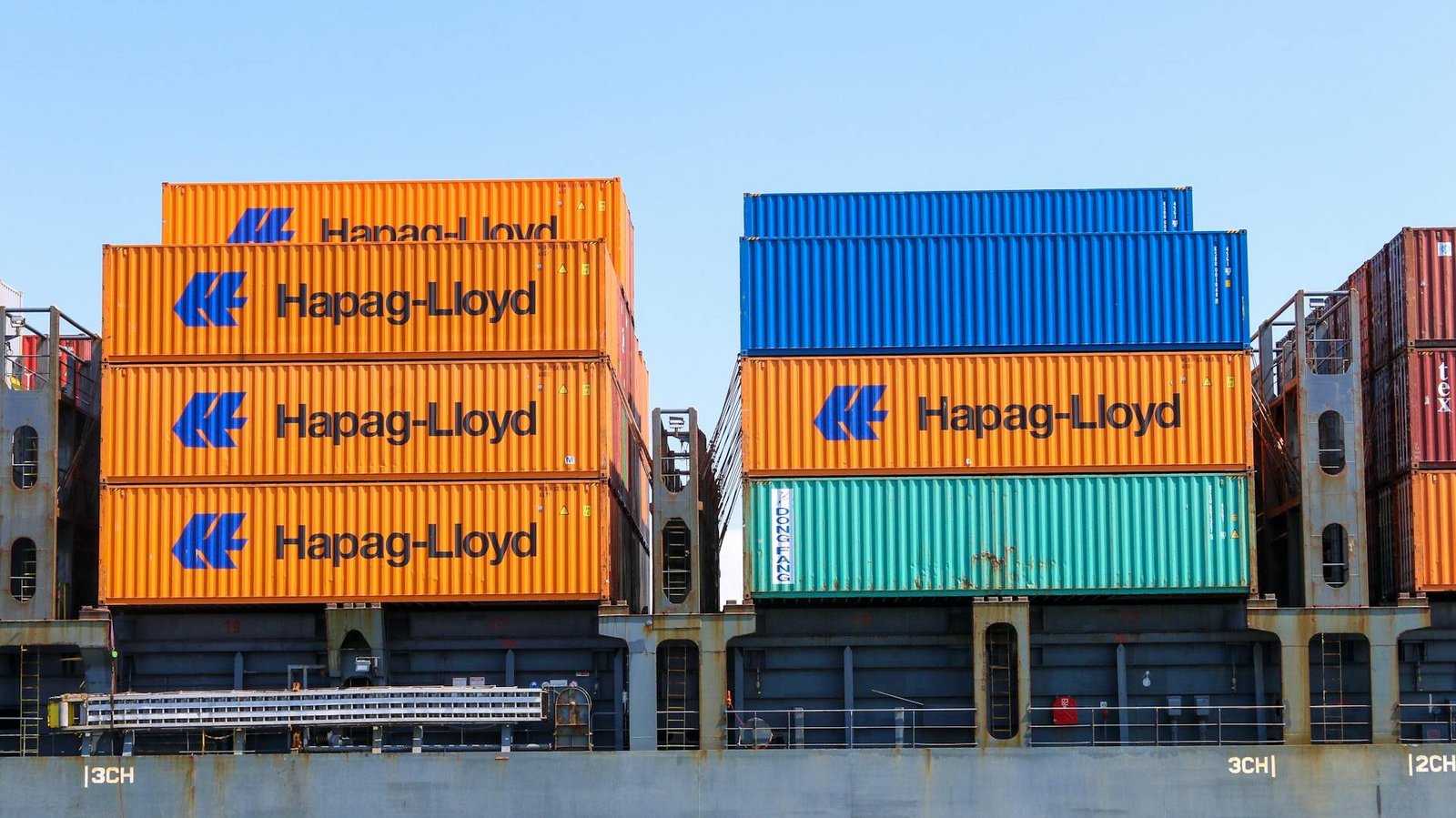
In the current booming cross-border e-commerce industry, the demand for pure battery products in the Canadian market is increasing day by day. However, exporting pure battery products to Canada faces numerous challenges. The “Canada Battery Sea Shipping DDP” service provides a one-stop solution for cross-border sellers. Let’s take a closer look at the relevant details.
1. Core Challenges of Exporting Pure Battery Products to Canada
Marine Transportation Safety Standards
Pure batteries are classified as dangerous goods, and the marine transportation process under the “Canada Battery Sea Shipping DDP” service has extremely high safety requirements. Maritime transportation must comply with the International Maritime Dangerous Goods Code (IMDG Code) formulated by the International Maritime Organization (IMO). This code sets strict standards for the packaging, labeling, and stowage of batteries.
For example, batteries must be specially packaged to ensure that the positive and negative electrodes do not short circuit, preventing risks such as collisions and frictions during transportation from causing hazards. There are also clear regulations on the stowage positions of different types of batteries to prevent battery leakage and fire, ensuring the safety of the ship and other cargo. This is an important basis for the “Canada Battery Sea Shipping DDP” service to ensure transportation safety.
Dangerous Goods Declaration Requirements
For exporting pure batteries to Canada, strict dangerous goods declarations are essential. Sellers are required to accurately fill out the declaration form, providing detailed information such as the battery type, capacity, quantity, and manufacturer, and also need to provide documents such as UN38.3 certification and MSDS (Material Safety Data Sheet). If the declared information is incorrect or incomplete, the goods may be detained, fined, or even returned, resulting in losses to the sellers. In the “Canada Battery Sea Shipping DDP” service, the implementation of declaration requirements is strict.
Special attention should be paid to the power of batteries and the corresponding document requirements:
- For single cells less than 20WH or single battery packs less than 100WH, MSDS, UN38.3 certification, and marine transportation appraisal reports are required. These are the basic document requirements for the transportation of such batteries in the “Canada Battery Sea Shipping DDP” service.
- For single batteries greater than 20WH or single battery packs greater than 100WH, in addition to the above documents, a dangerous goods packaging certificate is also required. This further ensures the safety of transporting high-power batteries in the “Canada Battery Sea Shipping DDP” service.
2. Transportable Battery Products
The “Canada Battery Sea Shipping DDP” service can transport a variety of battery products, including dry batteries and lithium batteries.
- Dry Batteries: Common alkaline AA batteries, as well as nickel-metal hydride batteries and nickel-cadmium batteries, are all types of dry batteries that can be carried by the “Canada Battery Sea Shipping DDP” service.
- Lithium Batteries: Conventional batteries such as mobile power supplies, battery packs, 18650 cells, mobile phone batteries, laptop batteries, model aircraft batteries, and camera batteries, with a net weight of less than 10KG per single battery, are all within the transportation scope of the “Canada Battery Sea Shipping DDP” service.

3. Full Analysis of the Operation of Canada Battery Sea Shipping DDP
Breakdown of the Entire Process of Sea Shipping + Final Mile Delivery
- Sea Shipping Stage: Sellers send pure battery products to the designated warehouse of the “Canada Battery Sea Shipping DDP” service. The goods will be centrally organized and inspected to ensure compliance with sea shipping requirements. Subsequently, shipping space will be booked, and the goods will be loaded onto ships specially transporting dangerous goods. During transportation, the ship will sail along the established route, and the goods will be monitored in real time to ensure transportation safety. This is the standard operation process of the sea shipping stage in the “Canada Battery Sea Shipping DDP” service.
- Final Mile Delivery Stage: After the goods arrive at the Canadian port, customs clearance procedures will be carried out. Upon the completion of customs clearance, a professional delivery team will be arranged to be responsible for the final mile transportation according to the destination of the goods. Through methods such as truck transportation, it is ensured that the goods are delivered to customers in Canada in a timely and accurate manner, achieving the final service of the “Canada Battery Sea Shipping DDP”.
4. The Core Value of Double Tax Clearance and Duty Paid
Duty Prepayment
The “Canada Battery Sea Shipping DDP” service provides duty prepayment. Sellers do not need to calculate and pay duties themselves. The service provider of this special line will estimate and pay duties in advance based on factors such as the category and value of the goods. This saves sellers’ time and effort and avoids additional costs caused by incorrect duty calculations. It is an important manifestation of the “Canada Battery Sea Shipping DDP” service in reducing the burden on sellers.
Agency for Customs Clearance Documents
The service provider of this special line is familiar with the customs regulations and procedures of Canada and will act as an agent for sellers to handle customs clearance documents. They will accurately prepare and submit documents such as commercial invoices, packing lists, and bills of lading. Meanwhile, they will assist sellers in organizing and submitting special documents for battery products, such as UN38.3 certification and MSDS, to ensure a smooth customs clearance process. This is a key link in the “Canada Battery Sea Shipping DDP” service to ensure customs clearance.
Avoidance of Tax Risks
Canada’s tax policies are complex, and sellers are prone to risks when dealing with them on their own. The double tax clearance and duty paid service of the “Canada Battery Sea Shipping DDP” relies on a professional tax team to accurately assess and handle the tax situation of goods. The team keeps abreast of policy changes to ensure the tax compliance of sellers’ goods, effectively avoiding tax risks and providing sellers with tax security.

5. Optimization of Service Timeliness and Cost
How the Sea Shipping + Delivery Model Balances Transportation Efficiency and Costs
In terms of timeliness, the “Canada Battery Sea Shipping DDP” service rationally plans sea shipping routes and schedules and optimizes the final mile delivery process to shorten transportation time. Generally, it takes about [X] days for sea shipping from China to major Canadian ports. Including customs clearance and final mile delivery, the overall timeliness is controlled within about [X] days, meeting the timeliness requirements of sellers and customers.
In terms of cost, the sea shipping + delivery model has a significantly lower cost than air freight. The service provider of the “Canada Battery Sea Shipping DDP” service integrates resources, cooperates with shipping companies to obtain favorable freight rates, and optimizes the final mile delivery routes to improve efficiency and reduce costs, providing sellers with a cost-effective transportation option.
6. Compliance Tips for Battery Products
UN38.3 Certification
UN38.3 certification is a key certification for exporting pure battery products, especially for lithium batteries. Battery products need to pass strict tests such as altitude simulation, high and low-temperature cycling, vibration, and impact to prove their transportation safety before they can obtain the certification. Sellers should choose a qualified certification institution to ensure that their product production meets the standards. This is a basic requirement for battery product certification in the “Canada Battery Sea Shipping DDP” service.
Key Points for Preparing MSDS Documents
The MSDS document details the composition, physical and chemical properties, and hazards of batteries. When preparing the document, sellers should ensure that the content is accurate and complete, consistent with the actual situation of the batteries, and that the format and language comply with international standards, so that it can be smoothly used in the customs clearance and other processes of the “Canada Battery Sea Shipping DDP” service.
The “Canada Battery Sea Shipping DDP” service solves the problem of cross-border sellers exporting pure battery products to Canada. When using this service, sellers should understand the process and requirements and ensure the compliance of their products to achieve efficient and safe cross-border transportation.





